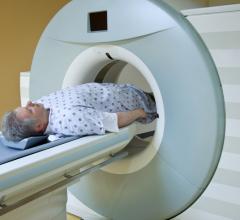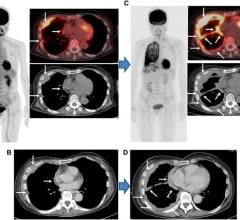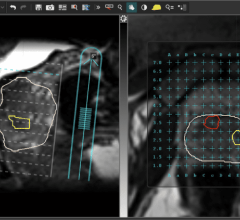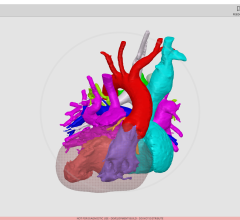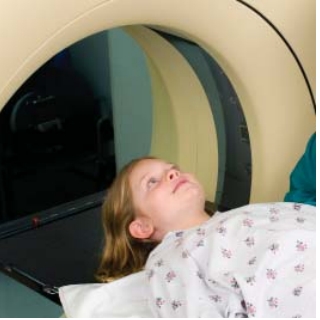
July 15, 2013 — More than one quarter of the children treated for headaches across a range of care settings received a computed tomography (CT) scan, possibly exposing them to unnecessary radiation and increased cancer risks, according to an article in the July edition of Pediatrics.
“It’s ironic that providers sometimes use CT scans to rule out brain tumors or brain abnormalities because parents are concerned about this possibility — which is the cause of less than 1 percent of those with pediatric headache – when overuse of CT scans can increase the risk of brain tumors,” said co-author Paul Young, M.D., professor of pediatrics at the University of Utah School of Medicine, who was one of the individuals designated by the American Academy of Pediatrics (AAP) to participate in the research. “It’s possible that physicians underestimate the risks associated with CT scans.”
The use of CT scans to diagnose pediatric headache remains high despite increased cancer risks and the fact that except for certain narrow indications, providers often gain little clinically useful information from these imaging studies while exposing children to unnecessary radiation. Headaches are among the five most common health issues in children, as well as one of the most frequent reasons for pediatric neuroimaging, particularly in emergency departments.
The Pediatrics study found that children who were evaluated in the emergency room were four times more likely to have CT scans than those children who did not go to the emergency room. However, even outside the emergency room, use of CT scans remained widespread. In pediatric patients getting CT scans for headaches, 67 percent received their scans outside of the emergency department setting.
Other studies have drawn correlations that CT scans increase a child’s lifetime risk for cancer. A retrospective study published in The Lancet in 2012 suggested that the cumulative radiation from as few as two to three CT scans in a child younger than 15 years old could triple the risk of brain tumors, while five to 10 head scans could triple the risk of leukemia. A study published in the June edition of JAMA Pediatrics noted that a radiation-induced solid cancer is projected to result from every 300 to 390 abdomen/pelvis scans in girls.
The Pediatrics study — written by authors either employed by or designated by HealthCore, AAP, American Academy of Family Physicians (AAFP), American Academy of Neurology (AAN) and WellPoint — stemmed from discussions by WellPoint and AAP to find out “to what extent do current practice patterns for treatment of pediatric headache align with practice guidelines?” An advisory group including representatives from the AAP, AAFP and AAN helped frame the discussion that resulted in this study.
The AAN recommends in favor of magnetic resonance imaging (MRI) as opposed to CT imaging for people with headache, a normal history and neurologic examination. This recommendation was endorsed by the AAP and the American Colleges of Radiology (ACR).
“We found that AAN imaging guidelines were most often followed by neurologists when treating children, but not by other physicians,” said Alan Rosenberg, M.D., WellPoint vice president of medical and clinical pharmacy policy. “We want to better understand current utilization patterns to help parents of patients, clinicians and health benefits companies with the information we need to inform and facilitate change to improve care for children and adolescents.”
The retrospective analysis included 15,836 children aged three to 12 years old with more than two medical claims for headache.
The article was authored by Young and Rosenberg, as well as Andrea DeVries of HealthCore, Thomas Getchius of AAN, Chia-hsuan Li of HealthCore and John Whitney, M.D., of WellPoint.
For more information: www.wellpoint.com, www.healthcore.com

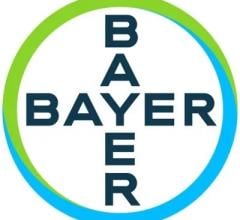
 August 09, 2024
August 09, 2024 


